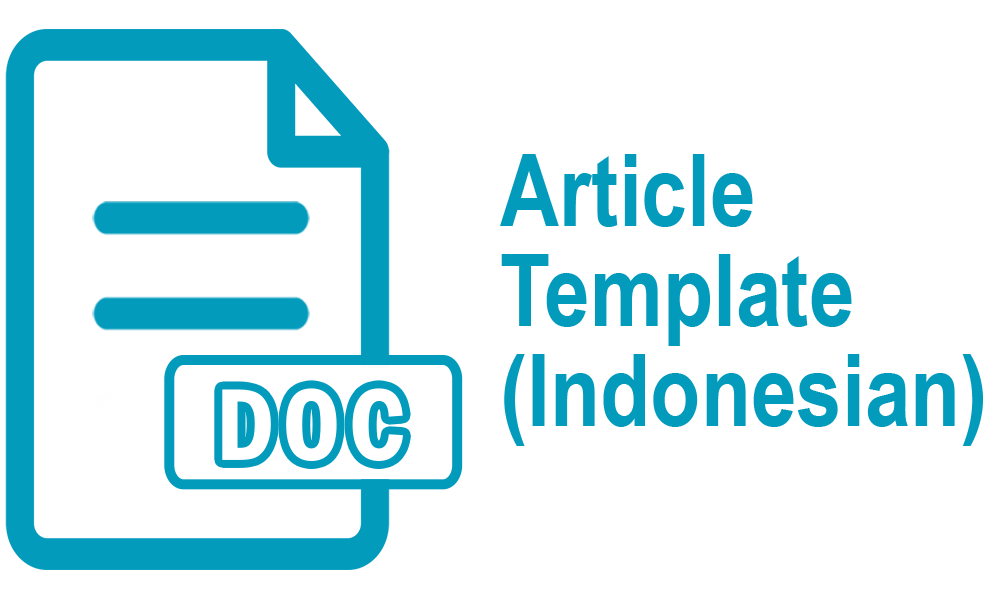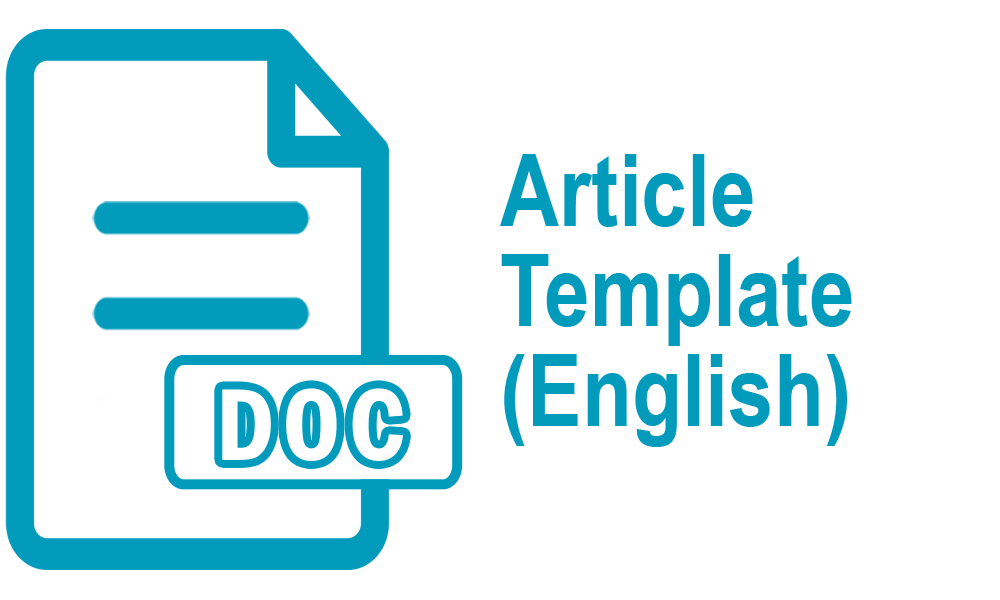Online Submissions
Already have a Username/Password for Ilmu Budaya: Jurnal Bahasa, Sastra, Seni, dan Budaya?
Go to Login
Need a Username/Password?
Go to Registration
Registration and login are required to submit items online and to check the status of current submissions.
Author Guidelines
General Information
- Article processing takes at least 4 weeks (maybe more) to get accepted status. Information published edition will be informed after the administration meets the author will be informed via email.
- Articles have never been published in other media and do not contain the element of plagiarism, proven by a written statement from the author.
- Each manuscript will be checked for indication of plagiarism using Turnitin. The Editor has the right to reject articles that are indicated to contain more than 15% plagiarism. (See these terms at Screening for Plagiarism)
- Articles must be written in Indonesian or English and follow the specified format. Editors will reject articles that do not fit the template.
- Manuscripts are typed in Calisto 12-point font (for abstracts, 10-point font), single-spaced, on A4-size paper with 3 cm top-bottom and 2 cm right-left margins. The manuscript consists of 3,000-8,000 words, including bibliography and tables.
- The manuscript is written with a word processing application and must be stored in a DOC or DOCX format.
- The systematics of writing articles follow the rules and templates of Ilmu Budaya: Jurnal Bahasa, Sastra, Seni, dan Budaya which can be downloaded on the journal's website.
- The bibliography is written alphabetically and sequentially following the APA style 6 edition.
- All manuscripts must be sent to the editor via webpage. Editors do not accept submissions or revisions by email.
- Certainty of loading or rejection of the script will be notified to the author by the editor’s email. Manuscripts that are not published are still the author's rights and can be sent to other journals.
- The author is willing to make minor and major revisions if needed.
Writing Guidelines
- Articles must be written in Indonesian or English and follow the template.
- The author's identity follows the following rules: the author’s name is written in full, not abbreviated, and without the title. Writing begins with the first author, followed by the second, third, and so on without hyphens; each author's origin and e-mail address correspondence is written under the author's name. If the author is more than one person with a different agency address, behind each name is given an index or Arabic number (1, 2, 3, etc.), and one author represents the e-mail correspondence.
- Abstracts are written in Indonesian and English with a length of 250 words. Abstract in English is written first, followed by an abstract in Indonesian. Abstracts must contain an article summary. Not allowed to use abbreviations and quotes/reference sources in the abstract. Abstracts are followed by keywords (maximum of 5 words/phrases), separated by commas.
- For manuscripts using the Indonesian language, the content of the manuscript consists of Pendahuluan, Landasan Teori, Metode, Hasil dan Pembahasan, Penutup, Ucapan Terima Kasih, and Daftar Pustaka. As for the manuscripts that use English, the content section consists of the following Introduction, Literature Review, Method, Findings and Discussion, Conclusion, Acknowledgments, and References.
- The Introduction (Pendahuluan) contains the background of the problem that explains the phenomenon to be researched with the support of recent reference sources (the last 10 years) and must include previous relevant research results (as a comparison) that have been carried out by yourself or others and explain the existence of research in that context (as the state of the art of research). The introduction also contains the research problem; one or more problems that are the focus of the research. The problem raised in the research is emphasized through the description of the research objectives. All sources referred to or cited must be listed in the bibliography. Introduction without using subchapter headings, maximum 15% of the entire body of the manuscript.
- The Literature Review (Landasan Teori) in a scientific article is the base or foundation of knowledge that supports the research or study being conducted. Writing a theoretical foundation is a maximum of 10% of the entire body of the manuscript.
- The method contains the methods used in the research conducted and should be described clearly and in detail, including the research steps, a maximum of 10% of the entire body of the manuscript.
- The Findings and Discussion (Hasil dan Pembahasan) are presented by explaining the results of the research in accordance with the issues raised. This section is a maximum of 60% of the entire body of the manuscript.
- The Conclusion (Penutup) is the answer to the problems and research objectives expressed in the introduction (suggestions and recommendations can be added). This section is a maximum of 5% of the entire body of the manuscript.
- The minimum number of references is 10 sources with the provision that at least 80% are primary sources and come from research results, ideas, theories or concepts that have been published in journals, both print and electronic. The references referred to are the results of publications in the last 10 years, except for classic references used as historical studies. The writing of the references follows the provisions of the 6th edition of the APA system.
- Writing tables and images follow the conditions contained in the template.
- The editor does not accept communication via email. All communications, including revised manuscripts, are carried out through the Ilmu Budaya: Jurnal Bahasa, Sastra, Seni, dan Budaya.
Types of Decisions
Declined
Following peer review, the paper is judged not acceptable for publication in Ilmu Budaya: Jurnal Bahasa, Sastra, Seni, dan Budaya, and resubmission is impossible. This status is obtained if the script does not match the template, is too high a plagiarism rate, or is not in accordance with the scope of the specified field of study.
Resubmit
The submitted version of the paper is not acceptable and requires major revision, but there is clear potential in work, and Ilmu Budaya: Jurnal Bahasa, Sastra, Seni, dan Budaya is prepared to consider a new version. Authors are offered the opportunity to resubmit their paper as a new submission. Concerns will remain regarding the paper's suitability for publication until the authors convince the editors that their paper fits the scope and standards of Ilmu Budaya: Jurnal Bahasa, Sastra, Seni, dan Budaya. The resubmitted manuscript will be returned to the original associate editor if possible.
Revision
The paper requires changes before a final decision can be made. Authors are asked to modify their manuscript in light of comments received from referees and editors and to submit a new version for consideration within 2—4 weeks of receiving the decision letter. A point-by-point explanation of how comments have been addressed must be supplied with the revised version of the paper. Revisions may undergo further peer review, and papers may undergo more than one round of revision. If the authors do not revise their papers to the editors' satisfaction, the paper can still be declined from publication in Ilmu Budaya: Jurnal Bahasa, Sastra, Seni, dan Budaya.
Accepted
The paper is acceptable for publication, subject to conditions that need to be addressed in producing a final version of the manuscript. These may include sub-editing changes and minor amendments to ensure the paper fully matches our criteria. After final checking in the editorial office, acceptance is confirmed, and the paper is forwarded to the publishers for publication.
Submission Preparation Checklist
As part of the submission process, authors are required to check off their submission's compliance with all of the following items, and submissions may be returned to authors that do not adhere to these guidelines.
- Articles do not contain plagiarism, insults, and racial elements.
- The submission has not been previously published, nor is it before another journal for consideration.
- The submission file is in Microsoft Word document file format (DOC or DOCX).
- The articles adhere to the specified guidelines and utilize the appropriate template provided by the Ilmu Budaya: Jurnal Bahasa, Sastra, Seni, dan Budaya.
Copyright Notice

Every work in Ilmu Budaya: Jurnal Bahasa, Sastra, Seni, dan Budaya is licensed under a Creative Commons Attribution-ShareAlike 4.0 International License.
Under the following terms:
Attribution — You must give , provide a link to the license, and . You may do so in any reasonable manner, but not in any way that suggests the licensor endorses you or your use.
ShareAlike — If you remix, transform, or build upon the material, you must distribute your contributions under the as the original.
Authors who publish with this journal agree to the following terms:
- Authors retain copyright and grant the journal right of first publication with the work simultaneously licensed under a Creative Commons Attribution License that allows others to share the work with an acknowledgement of the work's authorship and initial publication in this journal.
- Authors can enter into separate, additional contractual arrangements for the non-exclusive distribution of the journal's published version of the work (e.g., post it to an institutional repository or publish it in a book), with an acknowledgement of its initial publication in this journal.
- Authors are permitted and encouraged to post their work online (e.g., in institutional repositories or on their website) prior to and during the submission process, as it can lead to productive exchanges, as well as earlier and greater citation of published work (See The Effect of Open Access).
Privacy Statement
Privacy Statement
The names and email addresses entered in this journal site will be used exclusively for the stated purposes of this journal. They will not be made available for any other purpose or to any other party.
Data Privacy Policy
The data collected from registered and non-registered users of this journal falls within the scope of the standard functioning of peer-reviewed journals. It includes information that makes communication possible for the editorial process; it is used to inform readers about the authorship and editing of content; it enables collecting aggregated data on readership behaviors and tracking geopolitical and social elements of scholarly communication.
This journal’s editorial team uses this data to guide its work in publishing and improving this journal. Data that will assist in developing this publishing platform may be shared with its developer Public Knowledge Project in an anonymized and aggregated form, with appropriate exceptions such as article metrics. This journal or PKP will not sell the data, nor will it be used for purposes other than those stated here. The authors published in this journal are responsible for the human subject data that figures in the research reported here.
![]()






